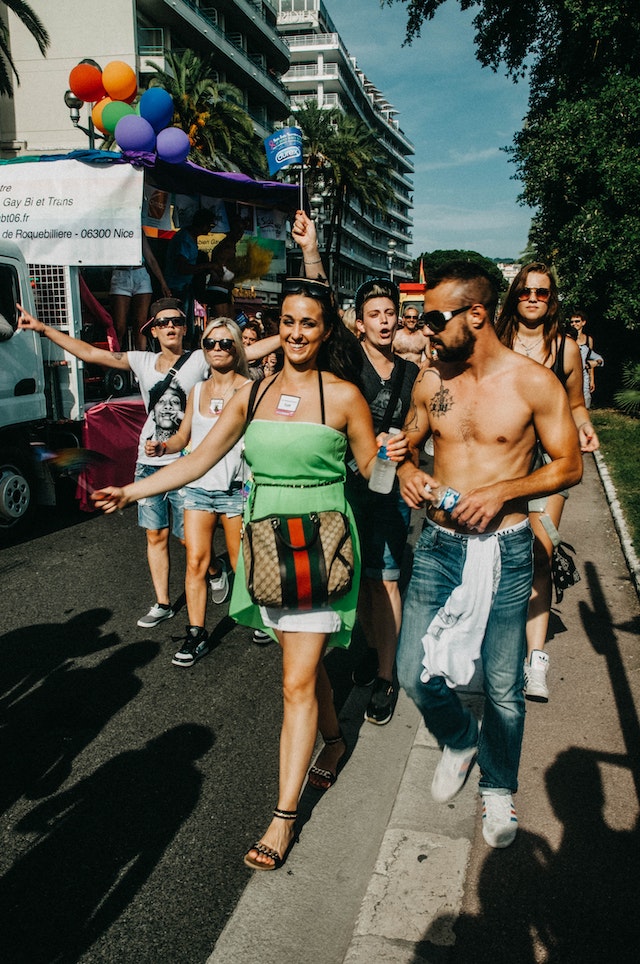Introduction: Pride marches have evolved significantly since their inception, transitioning from protest-oriented demonstrations to celebratory parades. Initially rooted in activism and the fight for LGBTQ+ rights, these marches have undergone a transformation over the years, reflecting the progress made by the community while still advocating for continued change. This article explores the historical journey of pride marches, highlighting their evolution and the impact they have had on LGBTQ+ visibility and acceptance.
The Roots of Pride Marches: Pride marches trace their origins back to the Stonewall Riots of 1969, when LGBTQ+ individuals defiantly stood up against police harassment and discrimination at the Stonewall Inn in New York City. The following year, the Christopher Street Liberation Day March commemorated the riots, acting as a catalyst for the formation of the first pride parade. These early marches aimed to shed light on the struggles faced by the LGBTQ+ community, demanding recognition, equality, and an end to discrimination.
Advocacy and Empowerment: Throughout the 1970s and 1980s, pride marches continued to focus on activism and advocacy. LGBTQ+ individuals and their allies used these events to protest against discriminatory laws, social stigma, and the AIDS crisis. Pride marches served as a platform to amplify their voices, challenge societal norms, and raise awareness about the issues affecting the community. The marches created a sense of empowerment, encouraging individuals to embrace their identities and foster a collective spirit of resilience.
Visibility and Celebration: As the LGBTQ+ rights movement gained momentum and achieved significant milestones, pride marches gradually transformed into celebrations of identity and progress. The 1990s marked a shift toward inclusivity and joyous expression, with pride parades becoming vibrant and colorful spectacles. This change was fueled by the desire to foster a sense of community, unity, and acceptance. Pride marches transformed streets into safe spaces where LGBTQ+ individuals and allies could freely express themselves without fear of judgment or discrimination.
Mainstream Recognition and Corporate Involvement: In recent years, pride marches have gained mainstream recognition and corporate involvement. As society has become more accepting, businesses and organizations have shown support for LGBTQ+ rights by participating in and sponsoring pride events. While this development has brought increased visibility and resources to the community, it has also sparked debates about the commercialization and potential dilution of the original activist spirit of pride.
Intersectionality and Global Impact: Another significant evolution of pride marches has been the recognition of intersectionality within the LGBTQ+ community. Pride events now strive to address the diverse experiences of individuals based on race, ethnicity, gender identity, and socioeconomic background. The global impact of pride marches has also expanded, with cities worldwide organizing their own parades to advocate for LGBTQ+ rights and promote social change within their respective cultural contexts.
Conclusion: The evolution of pride marches from protests to parades reflects the transformative journey of the LGBTQ+ rights movement. These events have played a crucial role in raising awareness, fighting for equality, and empowering individuals within the community. While pride marches have embraced celebration and visibility, they have also faced challenges related to commercialization and the need to maintain a focus on activism. As pride marches continue to evolve, it remains essential to strike a balance between celebrating progress and advocating for further change, ensuring that they remain a powerful force in advancing LGBTQ+ rights and fostering inclusivity worldwide.










